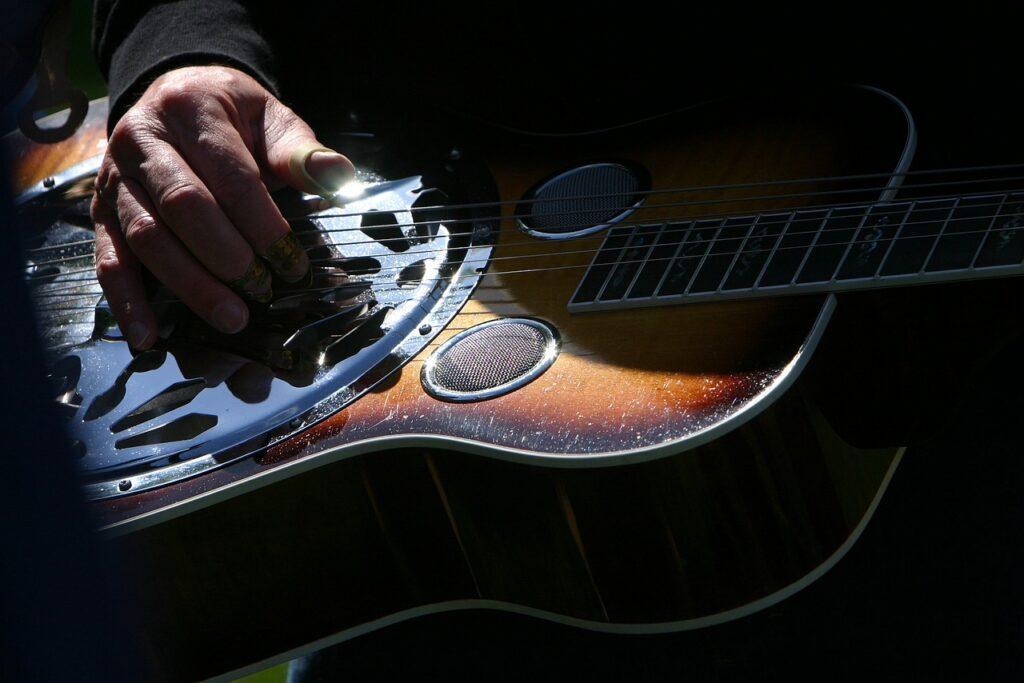Do you want to know the purpose of a metronome and how to read it? A metronome helps you find the tempo of a song in beats per minute (bpm). Also, it helps you practice by clicking at a (user adjustable) speed. So, that way you can play along with (for example) the tempo moderato on the metronome. Keep reading “BPM (Using the Metronome to Get the Music Beat)” to learn the various ways it can help. Estimated reading time 3 minutes.
Read More

